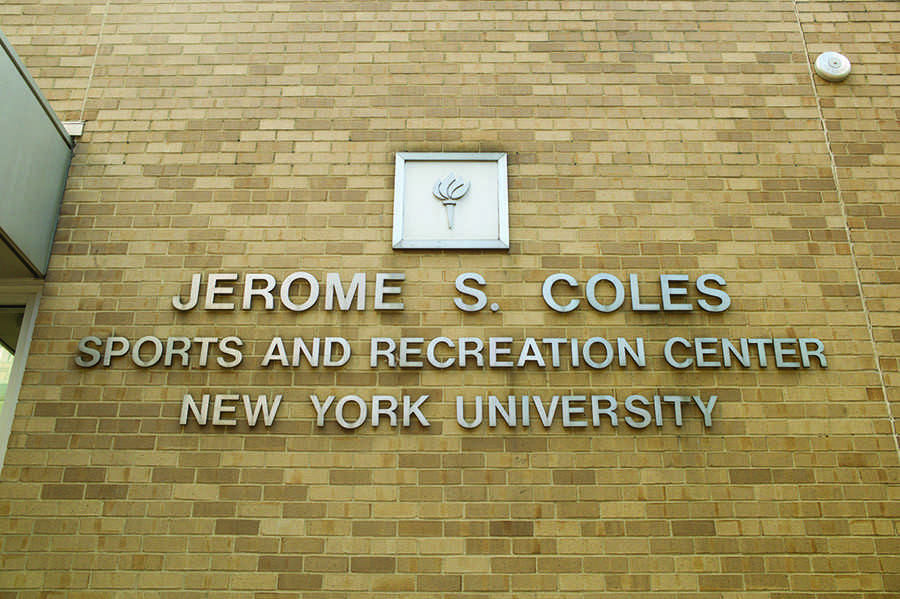The 411 on the 2031 Plan
The NYU Coles sports center before the construction.
September 8, 2016
The next steps of the 2031 Expansion Plan have generated mixed opinions from both locals and those in the NYU community. NYU will obtain six million square feet of land to construct new spaces for academic use, student services and accessible housing for students as well as faculty.
When the New York City Council approved the plan in 2012, neighbors of the area immediately surrounding the expansion plans were up in arms. While NYU tried appealing to the community by making spaces such as the Sasaki Garden accessible to the public, residents were not assuaged, and to go along with it, students had growing concerns of tuition hikes.
The immediate dissent grew into tangible protest from people such as Andrew Berman, the executive director of the Greenwich Village Society of Historic Preservation. Berman believes the expansion will cause environmental concerns for the surrounding community for decades. He said that the development sidetracks the university from becoming a better academic institution.
“It would commit the university to spending billions of dollars on massive facilities that will destroy the ambience of the surrounding neighborhood,” Berman said. “The chopping down of precious and much needed trees and the blocking of streets, which have already begun and are already making life difficult for the surrounding community.”
The Coles closure has also put a significant strain on NYU Athletics. Assistant Vice President for Student Affairs and Director of Athletics Christopher Bledsoe said that throughout this process, he has worked with the Coles Advisory Committee, a group of Coles stakeholders that represents students, faculty, staff and alumni.
“We [did] our best to develop plans that accommodate the many users of NYU’s athletic facilities during the interim between the closing of Coles and the opening of a new, mixed-use facility that will include a high-quality gym, classrooms, performance arts spaces, faculty housing and student housing,” Bledsoe said. “We developed these plans in as responsive a fashion as we could.”
He said that with this project, they accomplished their three main goals: permitting student athletes to continue competing, minimizing professional and student layoffs and enabling others to stay fit.
Bledsloe also said that the university continued its partnership with Community Board 2 residents, allowing members to continue to access NYU athletic facilities should they choose to purchase a 12-use pass for entry into 404 Lafayette St. This policy is in line with the one that Coles had practiced before shuttering.
LS sophomore Matt Martinez, a user of both gyms, said that he prefers the substitute gym 404 Lafayette over Coles. Martinez even went as far as saying he prefers it over the popular NYU workout spot Palladium.
“I enjoy exercising in 404 more because it feels a lot more spacious,” Martinez said. “When I go, I can always hop on any machine I want to use that day.”
Email Ashley Arnold at [email protected].
























































































































































